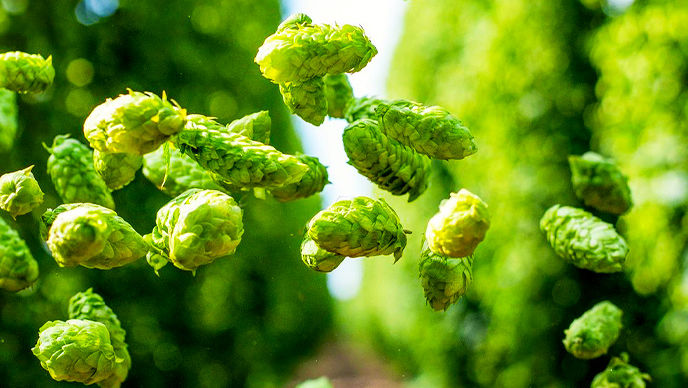

In 2012 Kirin, the Japanese brewing conglomerate, began talking about “dip hopping,” a technique that its brewers had developed that boosts pleasant hop aromas while suppressing or removing unpleasant off-flavors, like myrcene, and aromas that are derived from fermentation.
The method was used in a number of the brewery’s beers, including the Grand Kirin beers, but received little attention in the larger beer world, especially as a younger generation of brewers were largely focused on giving a never-ending bear hug to the double dry-hopped method.
Van Havig and Ben Love of Gigantic Brewing in Portland, Oregon were visiting key accounts in Tokyo when they stopped by Spring Valley, the craft brewery owned and operated by Kirin. While tasting through some beers, they both were stopped dead in their tracks by “496,” a pale ale that revealed a wonderful hop character. Havig recalls a conversation with a brewer at Spring Valley and asked about the hops used. The answer surprised, delighted, and confused him.
“I said there was no way the hop was Apollo,” recalled Havig. He asked how the flavors were possible through Apollo, and the brewer responded: "Dip hopping".
If the second half of the last decade was dominated by brewers embracing double dry hopping (DDH), there remains the possibility that the future of extracting desired hop flavor in a relatively straightforward way, could be dip hopping.
After being introduced to dip hopping, the brewers of Gigantic slowly started sharing their newfound information with other brewers. Around the same time, the John I. Haas company ran a blurb in its February 2019 newsletter summing up dip hopping this way: “Dip hopping means the addition of hop after wort cooling before (the) start of fermentation.” They note that with this hopping technology Spring Valley “found the following results: 1) Hop enzymes do not contribute to main fermentation, 2) myrcene levels in finished beers are very low, which was found favorable in this case, 3) the production of 2M3MB an onion type of flavor (derived from iso-alpha acid) is suppressed due to a lower H2S content in the beer.”
In 2018, brewers from Kirin presented their findings at an American Society of Brewing Chemists conference that further dove into the science:
“2-Mercapto-3-methyl-1-butanol (2M3MB) imparts an onion-like off-flavor to beer. In a previous study, we purified the precursor of 2M3MB from hops and identified it as 2,3-epoxy-3-methyl-butanal (EMB),” the brewers of Asahi wrote. “We found that during the hot aeration of wort, which has long been considered as the cause of the onion-like off-flavor, the amount of EMB in wort increases with the oxidation of iso-alpha-acids.”
When it comes to dip hopping, just think of it as a different type of steeping or an infusion of hops and wort prior to yeast fermentation or prior to yeast being in the beer.
While the Spring Valley brewers wouldn’t fully reveal their process to Havig and Love at the time, over drinks at Spring Valley, Havig was able to ask a series of questions that gave him the framework for the dip hopping process that has now been passed along to other breweries that have experimented with it in their own ways.
Havig says the current methodology at Gigantic is to use about a half a barrel of hot liquor for every 11 pounds of hops. They sanitize a fermenter, add the hops “and then we’ll just pump the water in there at around 170 °F (77 °C) and let it sit for an hour and then we just knock out on top of it at totally normal temperatures; whatever is normal for whatever we’re brewing.”
So far Gigantic has used this process mostly with ales but did a collaboration lager with Magic Rock in the United Kingdom using the process. Kirin/Spring Valley created dip hopping, but conversations with breweries lead back to Gigantic for introducing it to the United States.
Niko Tonks, of Fair State Brewing Cooperative in Minneapolis says his brewery first made a dip hopped beer as a collaboration with Three Floyds of Munster, Indiana. Jerrod Johnson, of Fair State had worked at Surly with Todd Haug, who is now at Three Floyds. Before that, however Johnson worked with Havig.
See how this works?
Tonks said the beer they made was a success, wonderfully aromatic, a throwback to West Coast IPA, but without some of the pungent onion and garlic aromas. Different from Gigantic’s approach where water is used with the dip hops in the fermenter, Fair State brewers pulled about 10% of the wort from the boil, chilled it down to 170 °F (77 °C), and transferred it to the fermenter to create a hop tea. By the end of the boil the rest of the cooled wort was added about an hour later. While the reported results for Fair State have been positive, the technique is not one that the brewery could do with any regularity.
“Especially not on a large scale because the big downside is just that it renders the yeast from that beer unusable. We’re essentially fermenting on a whole bunch of hop pellets and so it’s just a big morass of goo at the bottom of the tank. When you’re done you can’t really crop it and so for that reason it’s a difficult technique to actually mainstream into your production,” he says.
Hops are loaded into the fermenter prior to running wort or water on top of them to create a hop tea. An hour later, the remaining wort is chilled and added to the fermenter and yeast is pitched as usual.
Though for brewers that are used to DDH ales and pitching a new yeast every brew day — as many homebrewers do — this process might be easier, he notes. Tonks says his brewery is interested in doing more of these beers, but for now, they are best suited for special occasions, like collaborations, given their production schedule.
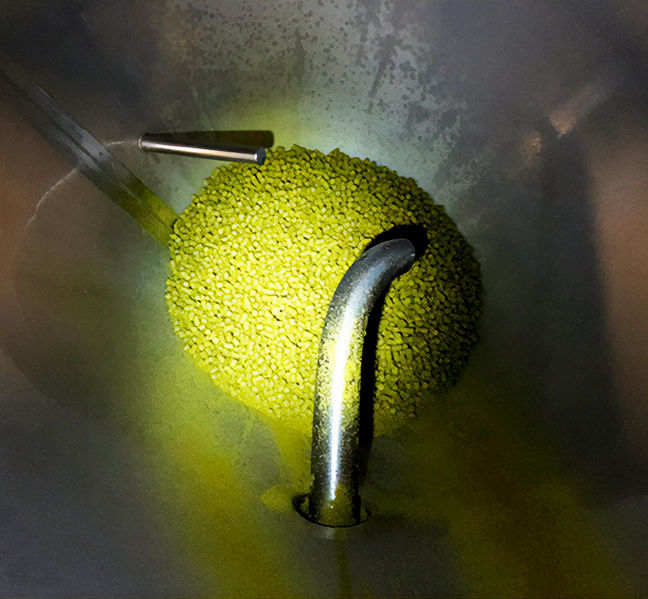
Head north, however, to Fargo, North Dakota and you find Mark Bjornstad, the founder of Drekker Brewery, who happened to be at Fair State on the day of the Three Floyds collaboration. He would later do his own dip-hopped beer with Fair State, and since then has been experimenting in his brewery with different hop varietals and temperatures to achieve new flavors and aromas that are bringing great depth to his hoppy ales.
In describing his brewery’s process, Bjornstad cited similar methods and temperatures to what Gigantic has done in the past, but as he has been messing around with hot liquor and hop ratios he has been playing in the 160–170 °F (71–77 °C) range with about an hour of steeping. For now, they are going on sensory rather than scientific analysis, he says.
“We’re kind of practicing like the dark arts of this stuff, going blind based off the little bit of research that has been done. We look at this as a way to really mess with the precursor chemicals, the hop oils, and the hydrocarbons,” he says.
Bjornstad says the “time, temperature, and concentration” are the three pillars they are experimenting with. So far, he has played with various ratios over a dozen or so brew days.
“We’re looking at the time of wort and hop interaction prior to yeast so we give it an hour, or four hours, or 30 minutes,” he says. “The volume of wort is sometimes 15 percent of the whole batch, sometimes it’s the whole batch. Sometimes we’re doing it at 175 °F, 160 °F, 140 °F (79 °C, 71 °C, 60 °C). You can do it at 100 °F, or 70 °F (38 °C, or 22 °C). That’s where we’ve been playing around and there are crazy variables and we’re trying to figure out which hops work best in different scenarios.”
Regardless of temperature, Bjornstad says that when they pump hot liquor and hops into a fermentation vessel and seal the tank, even for an hour, pressure builds inside and the aromas coming from the blowoff tube are strong of fresh cut grass.
“That’s just pure myrcene and it’s exciting because when you taste the wort right after it’s totally different than what was in the knockout, so it opens our mind to what hops we can use or want to use,” he says.
The brewery has been thinking about “less popular” hops that could benefit from this treatment to reveal new depths of flavor after the myrcene is gassed off. He cites Nugget as a good example.
“It has some great oil contents but previously had a ratio that was just going to ruin the kind of beer we’re looking to make. But now we have a different way to modulate the hops, to tweak and dial up or down some of the desirable or undesirable flavor compounds and ac-
tive compounds.”
He points to hops that have good amounts of citronelle or similar compounds but also have high myrcene contents as the best candidates. Without dip hopping you’re never going to get away from the greenness that myrcene brings to a beer, he says, but with higher temperature dip hopping you can start to taste flavors like rosebud and all these other aromas below it that otherwise wouldn’t be tasted.
Bjornstad and other brewers see a net positive in biotransformation as well when it comes to dip hopping. The process allows brewers to examine the yeast they plan to use for a particular recipe that can create new and different flavors. Dependent on the temperature, once you gas off the myrcene, which can be a precursor to linalool, and it can be a precursor in biotransformation.
“In these higher temperature dip-hopping trials we’re seeing the conversion of myrcene into linalool or geraniol and that has flavor implication on the beer for producing different flavors that would otherwise not be tasted.”
During the 2018 Brewing Summit, held in San Diego, brewers Yuri Tsuchiya, Taku Ota, Hiroyuki Yoshimoto, Osamu Kobayashi, and Hironori Inadome of Kirin presented their findings on the “Effect of hops addition to the fermentation tank on beer fermentation” where they examined the “phenomenon” known as dip hop.
“Fermentation was conducted with and without dip hopping. Dip hopping increased the sugar consumption rate and the number of yeast cells, compared with no dip hopping. Similar results were obtained by adding activated charcoal to the wort,” they found.
The brewers also found that the formation of hydrogen sulfide (H2S) was key in the formation of 2M3MB in beer and that dip hopping was a potential solution. One hypothesis of theirs was: “Metabolome analysis revealed that in sulfur metabolism, intracellular threonine is more easily consumed by dip hopping, resulting in increased levels of O-acetyl homoserine (OAH). By increasing OAH, the pathway from H2S to homocysteine is activated and H2S production decreases.”
It’s the exploration of well-established hops that have presented overly green flavors and aromas in the past that makes for a new “arrow in the quiver” when brewing, says Havig. The emergence of underlying flavors that had been blocked by myrcene in the past will open up new opportunities for brewers and drinkers.
Knowledge of and the embrace of dip hopping also can be helpful for brewers during the annual hop selection, says Tonks. Lots that might not otherwise have been a first, second, or third choice for brewers are now in play as breweries can look past initial aromas and see the potential in underlying flavors.
Will this method catch on by more breweries in the coming years?
“I think it has potential especially for people who are using it as a targeted tool to really try to achieve specific ends as opposed to just looking for another way to cram more hops into a beer,” says Tonks.
ORIGINAL & EXPANDED ARTICLE AT BYO MAGAZINE

20 LITERS | ABV 6.6 | IBU ~50 | SRM 3.8 | MASH EFFICIENCY 75% | PRE BOIL 24L | OG 1.070 | FG 1.020
MASH 90 MIN @ 66⁰ C | BOIL 60 MIN
NOTES:
DDHDHH = DOUBLE DRY HOPPED DIP HOPPED HAZY
AFTER MASH IS COMPLETE ADD 85g STRATA HOPS TO A SANITISED FERMENTER AND COVER THEM WITH SPARGED WORT FROM THE MASH WHICH SHOULD BE AROUND 78°C. I PEREFER TO PUT THEM IN A HOP BAG OR A STAINLESS STEEL SPIDER FOR EASY REMOVAL BEFORE ADDING THE REST OF THE WORT AT THE END OF BOIL, WHIRLPOOL & STEEPING.
MASH:
• 4000g PILSNER MALT 1.9 SRM
• 1400g WHEAT MALT 2.1 SRM
• 570g OAT MALT 2.2 SRM
• 450g RICE HULLS 0 SRM
BOIL:
-
DIP HOPS:
• 85g STRATA
WHIRLPOOL/STEEP FOR 30 MINUTES AT FLAME OUT:
• 85g STRATA
DRY HOP (1) 6 DAYS BEFORE PACKAGING - REMOVE AFTER 3 DAYS:
• 57g CITRA - CRYO
• 57g MOSAIC - CRYO
DRY HOP (2) 3 DAYS BEFORE PACKAGING:
• 85g STRATA
• 1ST CHOICE: WLP 013 LONDON YEAST
• 2ND CHOICE: SAFALE S-04 YEAST
ADD 15 MINS BEFORE FLAME OUT:
• 1/4 TSP IRISH MOSS (or clarifier of choice)
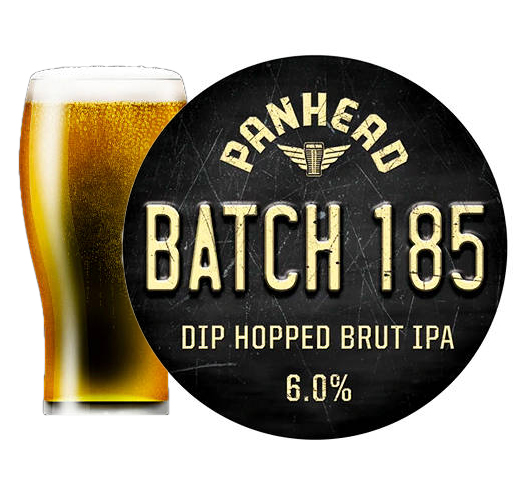
20 LITERS | ABV 6.0 | IBU ~36 | SRM 3.1 | MASH EFFICIENCY 75% | PRE BOIL 24L | OG 1.056 | FG 1.010
MASH 90 MIN @ 66⁰ C | BOIL 60 MIN
NOTES:
AFTER MASH IS COMPLETE ADD 120g GALAXY HOPS TO A SANITISED FERMENTER AND COVER THEM WITH SPARGED WORT FROM THE MASH WHICH SHOULD BE AROUND 78°C. I PEREFER TO PUT THE HOPS IN A HOP BAG OR A STAINLESS STEEL SPIDER FOR EASY REMOVAL BEFORE ADDING THE REST OF THE WORT AT THE END OF BOIL.
† Because this is a Brut IPA, White Labs Ultra Ferm (amyloglucosidase) is either added to the mash or the fermentation.
MASH:
• 4500g GLADFIELD GERMAN PILSNER 2.0 SRM
• 336g GLADFIELD VIENNA MALT 4.2 SRM
• 56g GLADFIELD AURORA MALT ~30 SRM
BOIL:
• 14g MAGNUM 12% AA @ 60 MINS [17.6 IBU's]
DIP HOP (SEE NOTES FOR METHOD):
• 120g GALAXY 14% AA [18 IBU's]
DRY HOP (2) 3 DAYS BEFORE PACKAGING:
• 80g GALAXY
• 1ST CHOICE: WLP001 CALIFORNIA ALE YEAST
• 2ND CHOICE: WLP 090 SAN DIEGO SUPER YEAST
ADD 15 MINS BEFORE FLAME OUT:
• 1/4 TSP IRISH MOSS (or clarifier of choice)
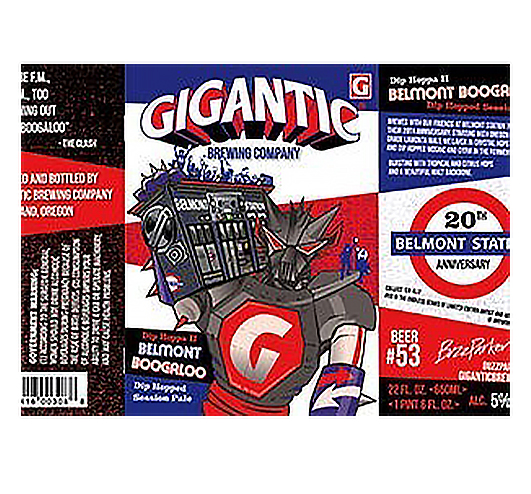
20 LITERS | ABV 5.6 | IBU ~12 | SRM 7 | MASH EFFICIENCY 75% | PRE BOIL 24L | OG 1.059 | FG 1.016
MASH 90 MIN @ 66⁰ C | BOIL 60 MIN
NOTES: You can substitute Liberty, Mount Hood or a blend of both for sister hop Crystal in the original recipe.
From the brewer: This beer dates from 2017. This is really the only packaged beer that we dip hop extensively. This is pure dip hop.
AFTER MASH IS COMPLETE ADD DIP HOP HOPS TO A SANITISED FERMENTER AND COVER THEM WITH SPARGED WORT FROM THE MASH WHICH SHOULD BE AROUND 78°C. I PEREFER TO PUT THE HOPS IN A HOP BAG OR A STAINLESS STEEL SPIDER FOR EASY REMOVAL BEFORE ADDING THE REST OF THE WORT AT THE END OF BOIL.
MASH:
• 4750g PALE ALE MALT 3.5 SRM [96.3%]
• 180g CRYSTAL MALT (BAIRDS 65L) 65 SRM [3.7%]
BOIL:
• 3g NUGGET 13% AA @ 90 MINS [4.3 IBU's]
• 75g CRYSTAL 4% AA @ 5 MINS [6.2 IBU's]
DIP HOP (SEE NOTES ABOVE FOR METHOD):
• 51g MOSAIC 12.5% AA
• 51g CITRA 12% AA
• 51g SIMCOE 13% AA
• 1ST CHOICE: WLP 028 EDINBURGH YEAST
ADD 15 MINS BEFORE FLAME OUT:
• 1/4 TSP IRISH MOSS (or clarifier of choice)
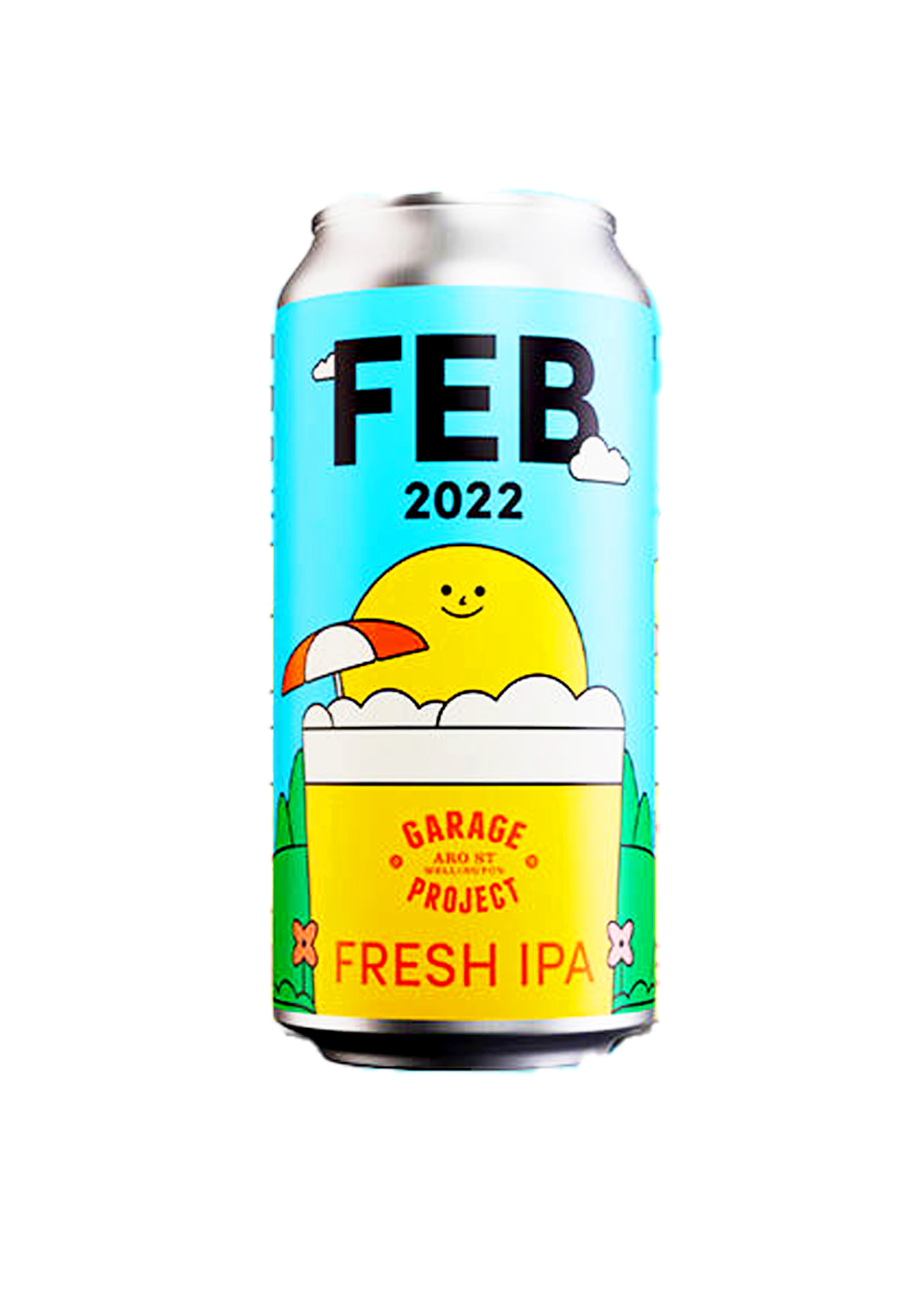
20 LITERS | ABV 7.0 | IBU ~50 | SRM 3.1 | MASH EFFICIENCY 75% | PRE BOIL 24L | OG 1.066 | FG 1.020
MASH 90 MIN @ 66⁰ C | BOIL 60 MIN
NOTES: Add the dip hops to a clean and sanitized fermenter. At mash out collect about 2 litres of wort. Add about 1.5 - 2 litres of wort at about 75 -78°C to the cold pellets until they are covered - the hop and wort solution will come down to 60 °C or so. Leave them to steep. Don’t worry about the exact temperature too much.
Bring the wort up to boil temperature for 60 minutes and when the boil is complete, cool wort (so you don't add more bitterness via the dip hops) and add it to the fermenter. You should be adding about 19 - 20 L into the dip-hop solution already in the fermenter. Remove dip hops
MASH:
• 5000g GLADFIELD LAGER LIGHT MALT 1.4 SRM
• 672g GLADFIELD GOLDEN NAKED OATS 1.4 SRM
• 336g GLADFIELD WHEAT MALT 2.1 SRM
BOIL:
-
DIP HOPS:
• 100g IDAHO #7 13% AA
• 100g RIWAKA 5.25% AA
STEEP FOR 30 MINUTES AFTER FLAME OUT - SEE NOTES:
• 50g RIWAKA 5.25% AA
DRY HOP (1) 6 DAYS BEFORE PACKAGING:
• 56g SIMCOE - CRYO
DRY HOP (2) 3 DAYS BEFORE PACKAGING:
• 56g SIMCOE (NOT CRYO)
• 1ST CHOICE: WLP 095 BURLINGTON YEAST
INSTANT DOWNLOAD PDF
HAZY IPA | LAGER & PILSNER | BELGIAN & FRENCH ALES | FRESH HOP HARVEST | UK ALES PALE | USA IPA | UK ALES DARK